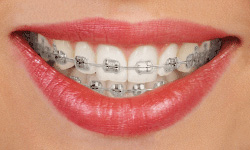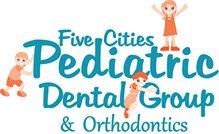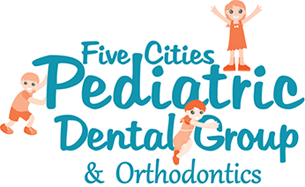For most people, achieving a healthy, beautiful smile is the reason for choosing to receive orthodontic care. If you’re self-conscious about your child's or teenager's smile, having braces will greatly improve the way they look and feel.
When treatment is complete, your child will have the smile they've always dreamed of as well as the confidence to show it off! We also want our patients to feel comfortable and confident throughout your entire orthodontic experience, so our practice is dedicated to making sure that they receive the high quality care they deserve.
What is an orthodontist?
An orthodontist is a dental professional that has completed an advanced clinical training program in orthodontics (also known as a residency program). This advanced training is 2 to 3 years in duration, takes place after dental school, and is accredited by the American Association of Orthodontists. It is important to know that every orthodontist is a dentist, but not every dentist is an orthodontist. A family dentist, general dentist, or pediatric dentist are NOT orthodontists, and have not undergone the rigorous academic and clinical training that orthodontic residency programs require. Please consider this imporant fact when selecting a provider for your orthodontic care.
How Orthodontic Treatment Works
Orthodontic appliances are made of metal, ceramic, or plastic. They may be removable or they may be brackets bonded to the teeth. By placing a constant, gentle force in a carefully controlled direction, braces slowly move teeth to the proper position.
Gone are the days when a metal band with a bracket was placed around each tooth. You can now choose from brackets that are clear or metallic, and in some cases, the color of your appliance. Wires are far less noticeable, and the latest materials are designed to move teeth faster with more comfort. Today, any age is a great age to wear braces!
Duration of Treatment
Depending on several factors, including age, treatment method, and how minor or severe your case is, treatment time varies and can last between one and three years. A big factor to a successful treatment is you, the patient! The more involved and diligent you are, the quicker and more efficient your treatment will be. For children, receiving interceptive, or early treatment, can also help provide a quicker treatment time later on in life.
Before beginning your orthodontic care, your doctor will discuss all of your options and provide an estimate for how long your full treatment may take. Please contact our practice to schedule an appointment and learn more about orthodontics and the treatments we provide.
Types of Braces
Traditional Metal Braces

Traditional metal braces are the most common type of braces and are more comfortable today than ever before. Made of high-grade stainless steel, metal braces straighten your teeth by using metal brackets and archwires. With metal braces, you have the option of adding colored elastics (rubber bands) for a more unique and colorful smile.
Clear (Ceramic) Braces

Ceramic braces are made of clear materials and are therefore less visible on your teeth than metal braces. For this reason, ceramic braces are used mainly on older teenagers and adult patients who have cosmetic concerns. While they are visually less prominent, they do require more attention to oral hygiene, as ceramic braces are larger and more brittle than their metal counterparts. For these reasons, ceramic braces tend to be used more on upper front teeth rather than on lower teeth.
Clear Aligners

Clear aligners are a series of invisible, removable, and comfortable acrylic trays that straighten your teeth like braces. Not only are the aligners invisible, they are also removable; so, you can eat and drink what you want while in treatment. Plus, this helps to make brushing and flossing less of a hassle. The aligners are comfortable and have no metal to cause mouth abrasions during treatment.


